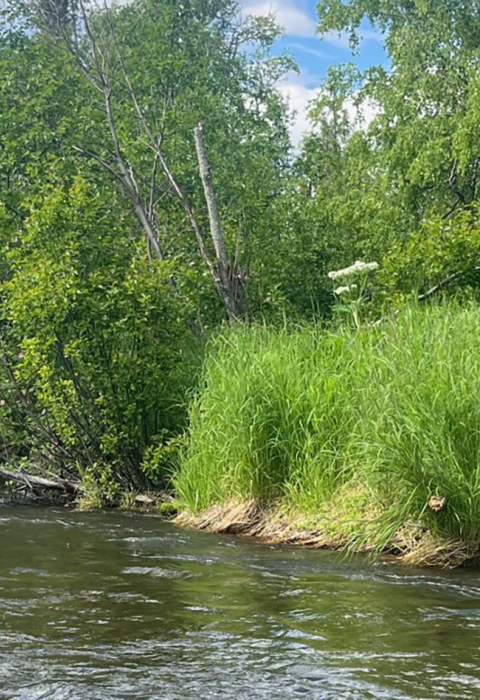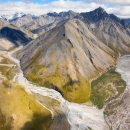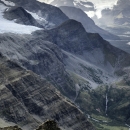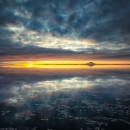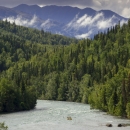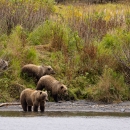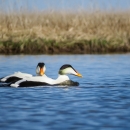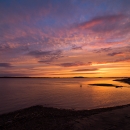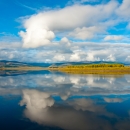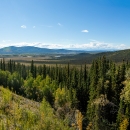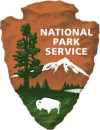States
AlaskaWater is critically important to all the habitats and species found on Alaska’s Refuges. The Water Resources Branch provides scientific leadership and technical assistance, collecting and interpreting water quantity and quality data to address water management issues and acquire water rights on Alaska’s refuges. Data collected by the Water Resources Branch are used to quantify ecological water requirements, address physical and ecologic habitat issues, and provide long-term monitoring to assess changes in the hydrologic and aquatic landscape. The Water Resources Branch’s work to acquire State water rights, in addition to already existing Federal reserved water rights, provides protection of fish and wildlife habitats and the natural biodiversity of aquatic wildlife, and ensures an adequate water supply for refuge purposes and facilities.
A map of streamflow gaging stations and their status is available on AK Flow from the Alaska Center for Conservation Science, University of Anchorage Alaska:
AKFlow | Alaska Streamflow Database
A map of water temperature sites and their status is available on AK Temp from the Alaska Center for Conservation Science, University of Anchorage Alaska:
AKTEMP | Alaska Water Temperature Database
Real time streamflow data from our active streamflow gages are available on the NWS Alaska-Pacific River Forecast Center web page at:
Alaska-Pacific River Forecast Center
Water Resource Inventory and Assessment Reports for each Refuge are available on the Fish and Wildlife Service Catalog at:
Contact email for this project: wrb@doimspp.onmicrosoft.com
